Since the release on September 28, 2023, of the third edition in English of the book Understanding Quantum Technologies, I have worked hard to both update the book and clean it for releasing it in paperback edition on Amazon KDP. The modifications log at the end of the book provides indications of what changed over time.
The book is 1,366 pages long and is always available as a free access PDF file download in A4 and Letter formats as well as on arXiv. But you may appreciate reading it on paper! It is quite comfortable for the eye compared to a screen of any size and technology (black and white ink, LCD, OLED).
Amazon paperback edition
Like with the previous 2021 and 2022 editions, the 2023 version is now available in paperback format on several Amazon web sites and thus nearly anywhere in the world. I have withdrawn the two previous editions from Amazon to make sure you don’t get confused between these older editions and the new one and get the latest which is the greatest and the best, of course.
Due to its sheer size, I split the book into three volumes of respectively 326, 528 and 544 pages. The three volumes weigh 3.5 kg and have a thickness of 8.3 cm.
- The first volume covers quantum physics history and key scientists, quantum physics 101, linear algebra, gate-based quantum computing and quantum computing engineering (including quantum error correction and the energetics of quantum technologies).
- The second volume covers quantum computing hardware, enabling technologies (cryogeny, control electronics, manufacturing, raw materials), unconventional computing, quantum communications and cryptography, and quantum sensing.
- The third volume covers algorithms, software tools and case studies, geopolitics, societal issues, and quantum fake sciences. It also contains a glossary, index and table of figures covering the three volumes.
The main target audience is always the same with computer science engineers, developers and IT specialists who want to understand how quantum technologies work, and particularly quantum computing. It is also of interest for many academic and industry quantum technology specialists who are looking for an up-to-date overview of this broad domain, both in the scientific and industry fields.
These three volumes are available on Amazon.com (USA + worldwide), Amazon.de (Germany), Amazon.fr (France), Amazon.es (Spain), Amazon.it (Italy) Amazon.co.uk (UK), Amazon.nl (The Netherlands), Amazon.pl (Poland), Amazon.se (Sweden) and Amazon.ca (Canada). If you live outside the above mentioned countries, look at the various delivery options of these various Amazon websites, particularly on Amazon.com.
The volumes price is respectively 25 Euros/US dollars, 42 and 42 Euros/US dollars.
Making of
Creating such a book obviously took me a lot of time spread over the last six years. It is an incremental work where each new edition is reviewed, checked, updated and complemented with additional content. On top of that, a lot of quite geeky work is at play here for the book editing.
I write it using Microsoft Word 365, which may appear a weird choice for researchers acustomed to using LaTEX. I used LaTEX to write a recent peer reviewed perspective on superconducting qubits earlier this year. It was a pain and I have not found any tool able to correctly convert a large Word file into LaTEX. And LaTEX is not really interactive whatever the editing tool you use. I may be too “old fashion” to favor real WYSIWYG tools which, if I remember well, appeared around 1984 on the Macintosh (remember Pagemaker!) and, a little later, on Windows PCs. Still, this huge book is testing the limits of Word, running with 16 GB or memory. It sometimes wants to save the file to some non existent place, seemingly on the cloud, generating error messages with no solution and wasting you some minutes. Some macros that I wrote don’t work because of this unwanted and uncontrollable feature. Also, managing vector images is complicated. It works well with EMF, the proprietary enhanced metafile format from Microsoft. But this format has limitations, like not being able to handle objects with some transparency. SVG files can be embedded in your text but are exported in pixellated PNG files in your PDF. Slides with a mix of SVG and EMF are sometimes well handled in the PDF and sometimes not.
I developed a set of Word VBA macros and various other scripts to improve my productivity. For example, outputing this book in PDF requires generating 11 PDF files in total. Two for an A4 and Letter version in a single volume, six for A4 and Letter versions in three compressed volumes and three with inside pages only for Amazon KDP. I launch this process using a Word VBA macro which lasts over 30 minutes on a recent laptop. I use a secondary laptop to run this process! It generates all these versions with a single Word source file, using tricks like specific bookmarks and sections to separate what must be kept or removed in these various editions and generating the tables of contents, figures and index for these.
I also created macros for various tasks like making sure that all or most of the 994 figures are well referenced in the text, for regenerating the index, and for generating various statistics like the number of referenced papers and their total number of pages. My editing is also improved with a macro that turns an arXiv link into something in clear with title, url, authors and date, another to quickly reference a figure with inputting just its number (instead of browsing the list of 964 figures manually), one for cleaning up some table formatting, and various other cleanup tasks. I also use Python (with Spyder) to generate the qubit fidelities scatter plots shown in the book, in the Quantum Error Correction section. Plus, Excel for most other data handling and charting tasks.
Then, publishing on Amazon KDP brings its own workload. You need to create the covers in a single PDF which size depends on the number of pages. You follow guidelines from KDP to set up your cover. I use Powerpoint to do that. Then, you submit your book using the KDP interface. You can order a draft which takes about 4 open days to be delivered (pictured above). You then publish the books and cross fingers that everything gets smoothly. In 2022, I had to improve the readability of some figures and change the numbering of the first pages in the book before its content, using roman numbers (i to viii).
Starting early in 2023, I also became accustomed to using ChatGPT and Google Bard as extended search engines. It works quite well when you need to get some good plain language explanations on key quantum whatever concept. You still need to be very careful because these LLMs (large language models) use source data that is not always correct, since being… of human origin. So, every answer has to be carefully checked with some authoritative sources.
A last trick is my display setup. Since 2019, I work with my laptop under a 43 inches 16×9 monitor. It is a regular 4K TV costing only 400€ (plus a small stand). It is quite convenient to display many pages or slides, particularly when editing the layout of your text and figures.
With that, you know it all!
Enjoy the reading!
![]()
![]()
![]()
Reçevez par email les alertes de parution de nouveaux articles :
![]()
![]()
![]()


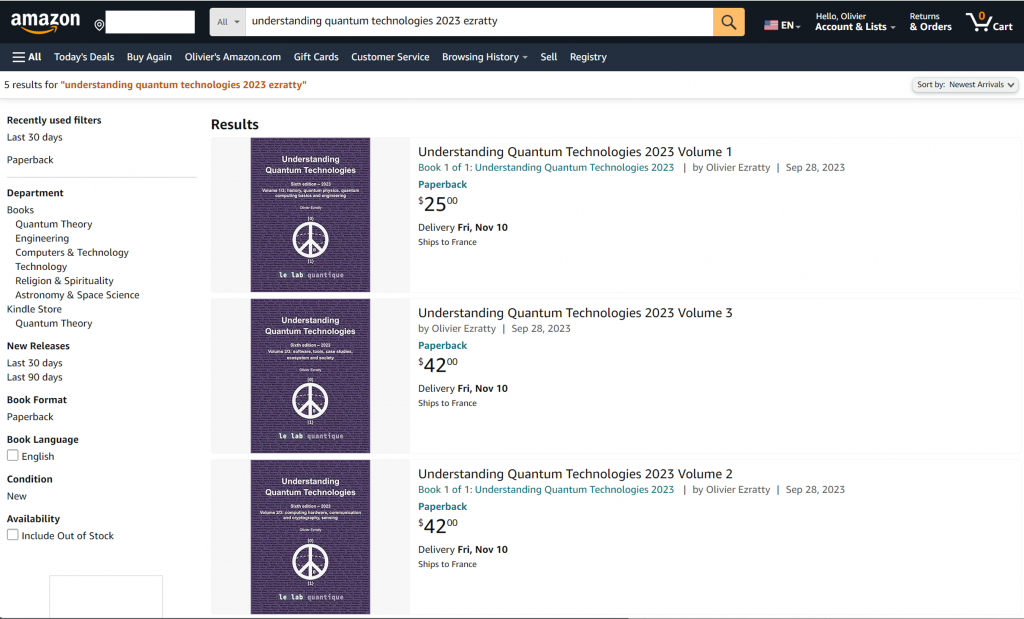
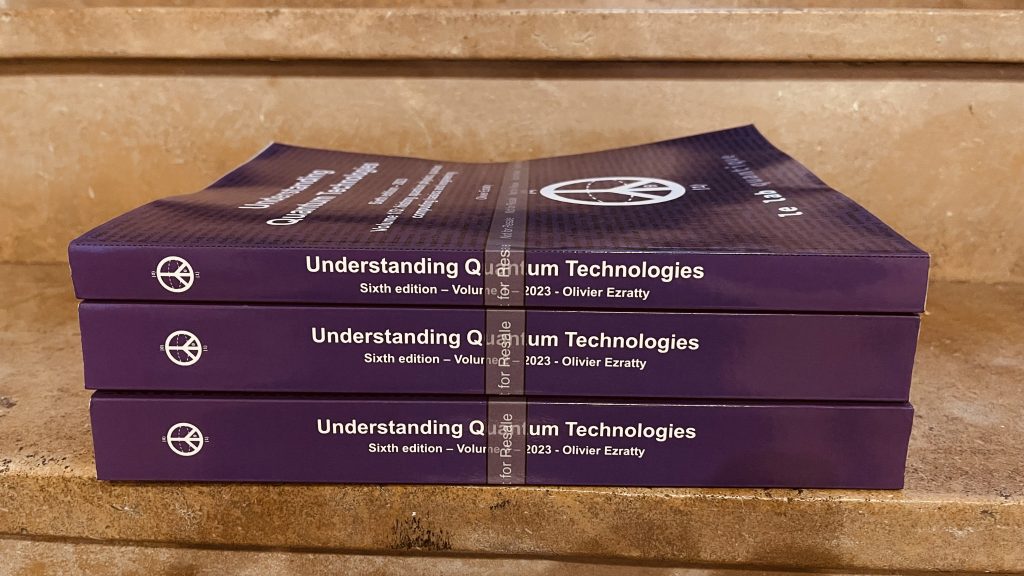
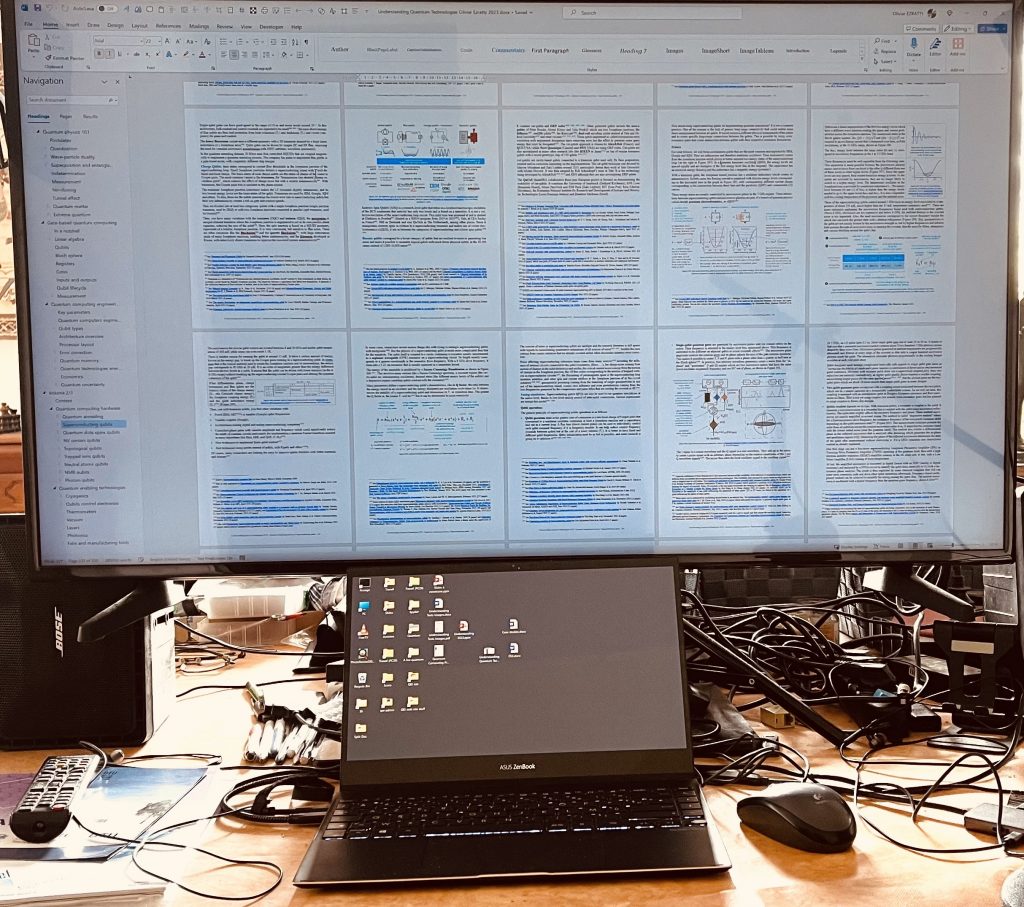
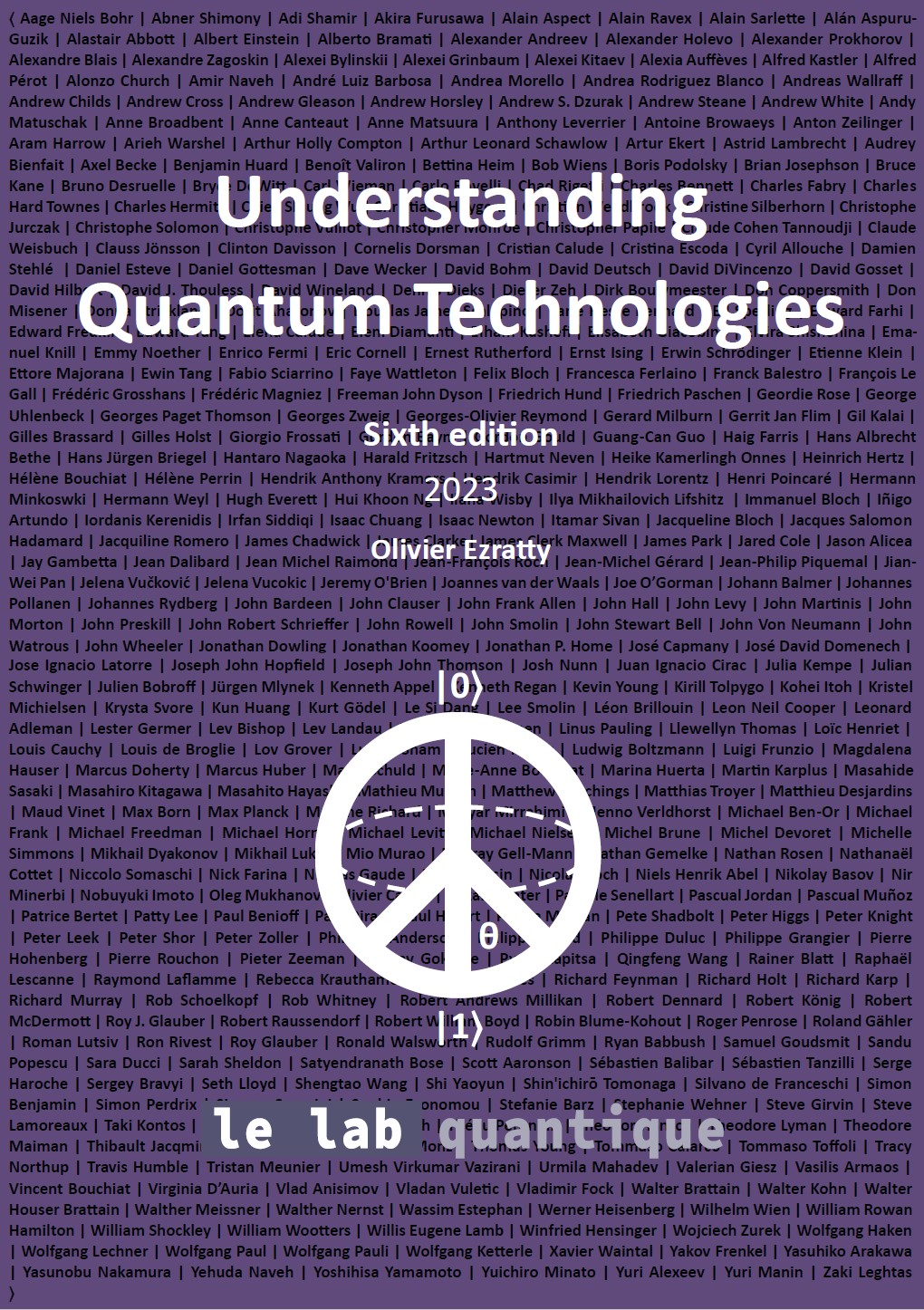
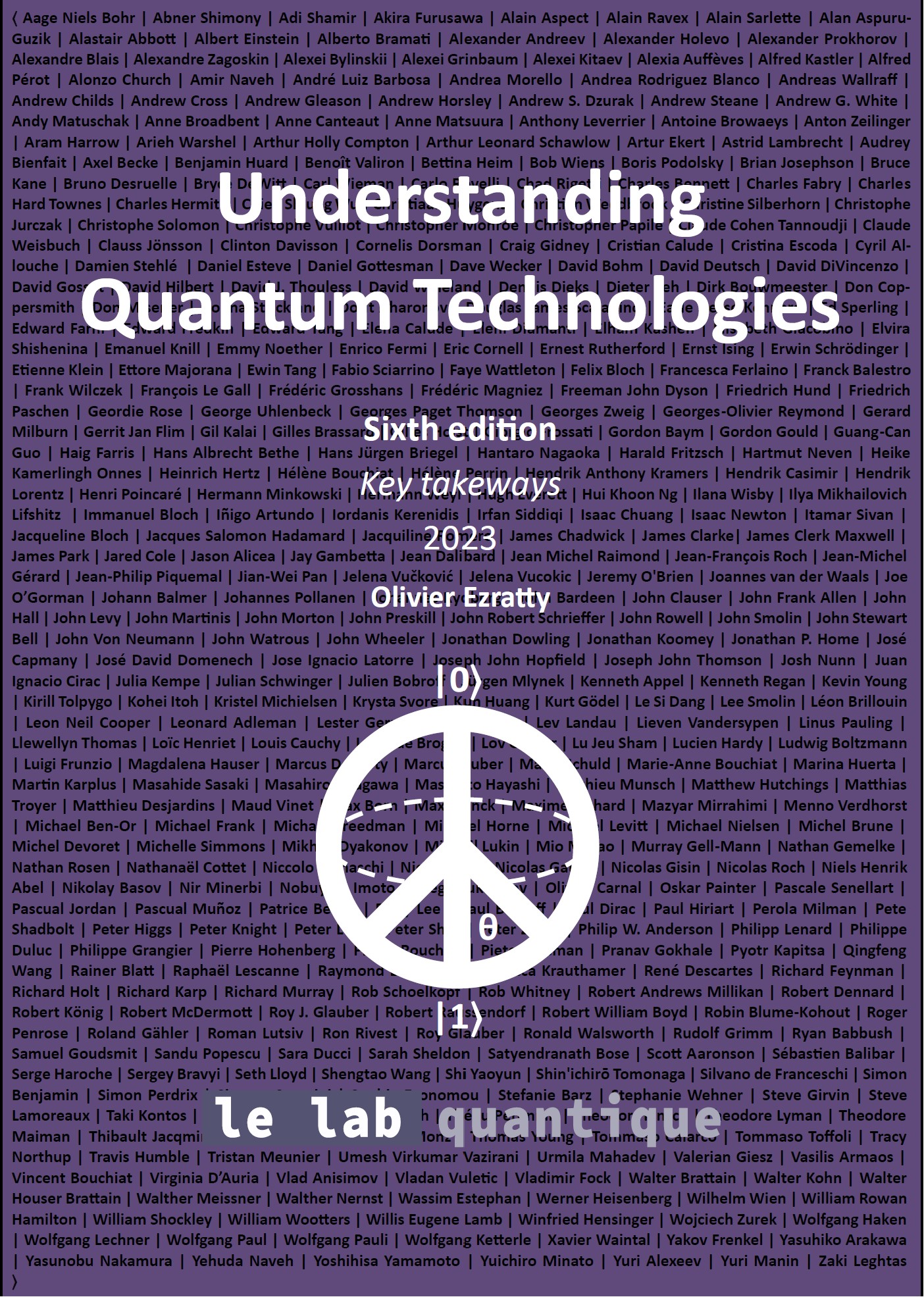
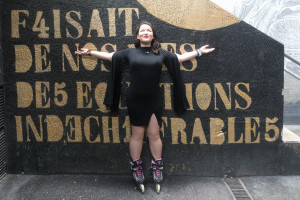
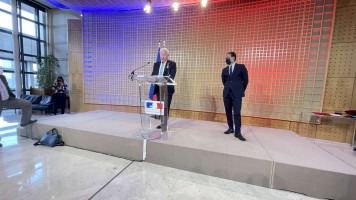
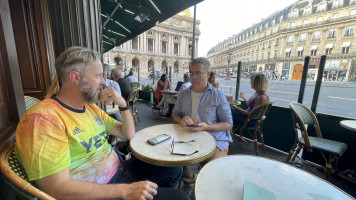
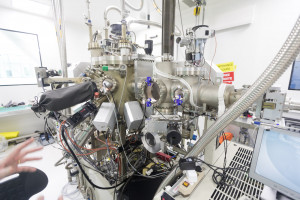
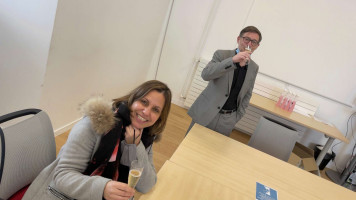



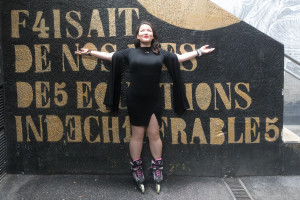
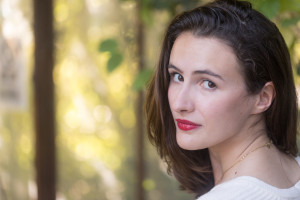
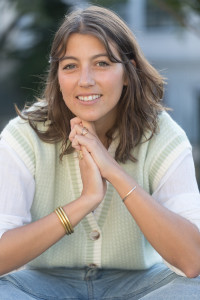
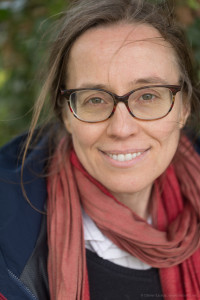

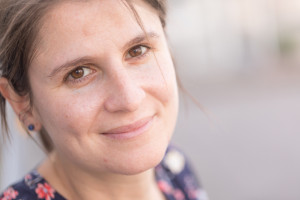
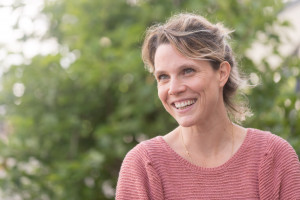
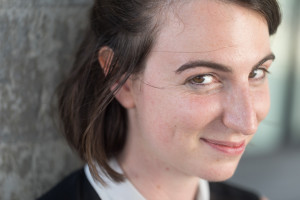
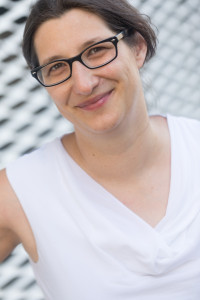
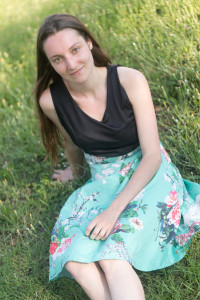

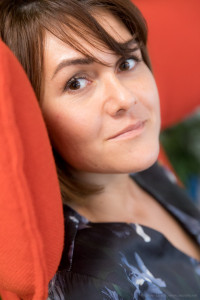
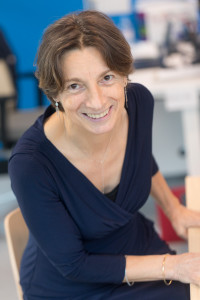
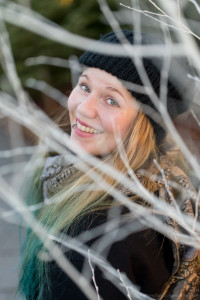

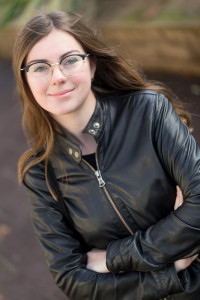
 Articles
Articles